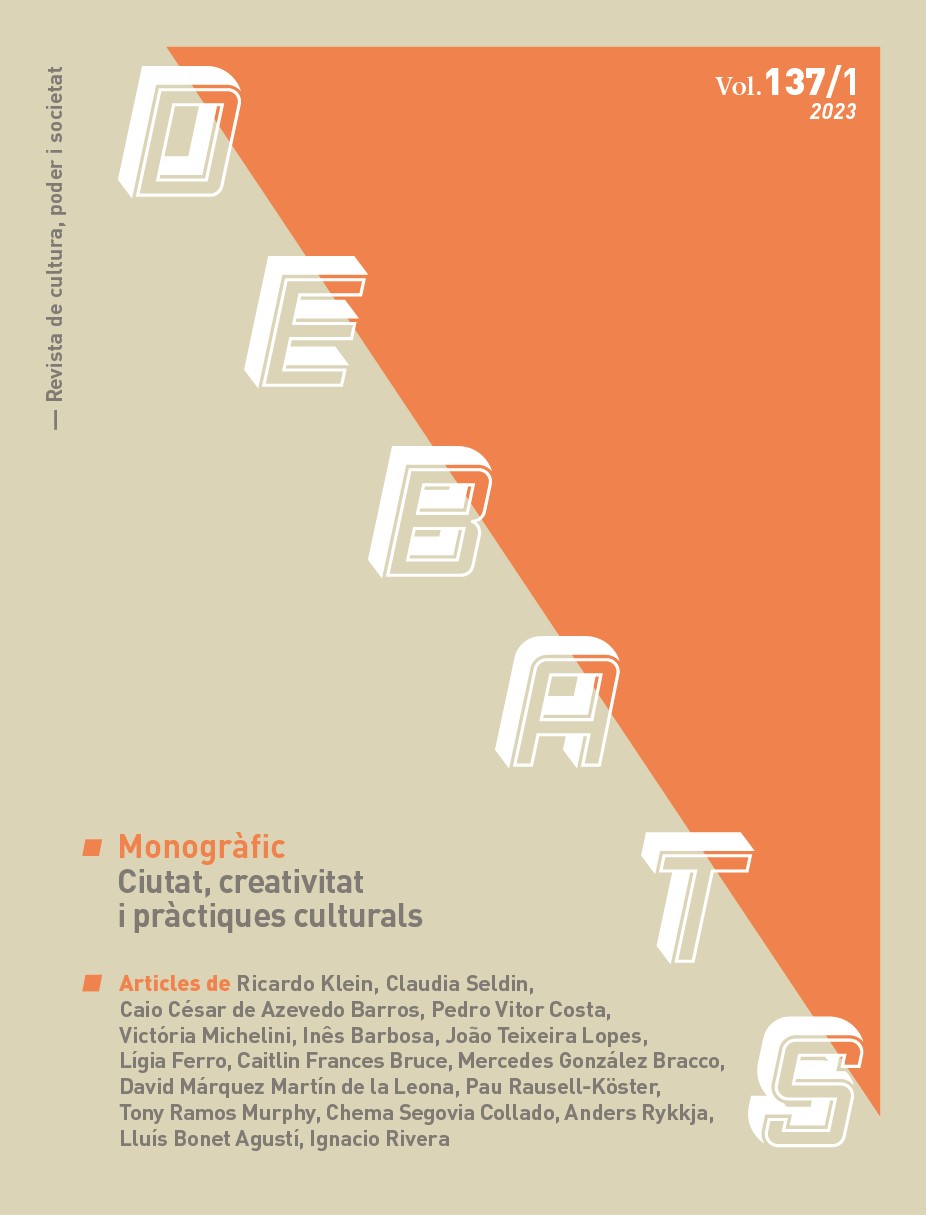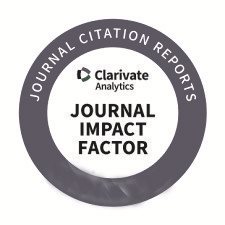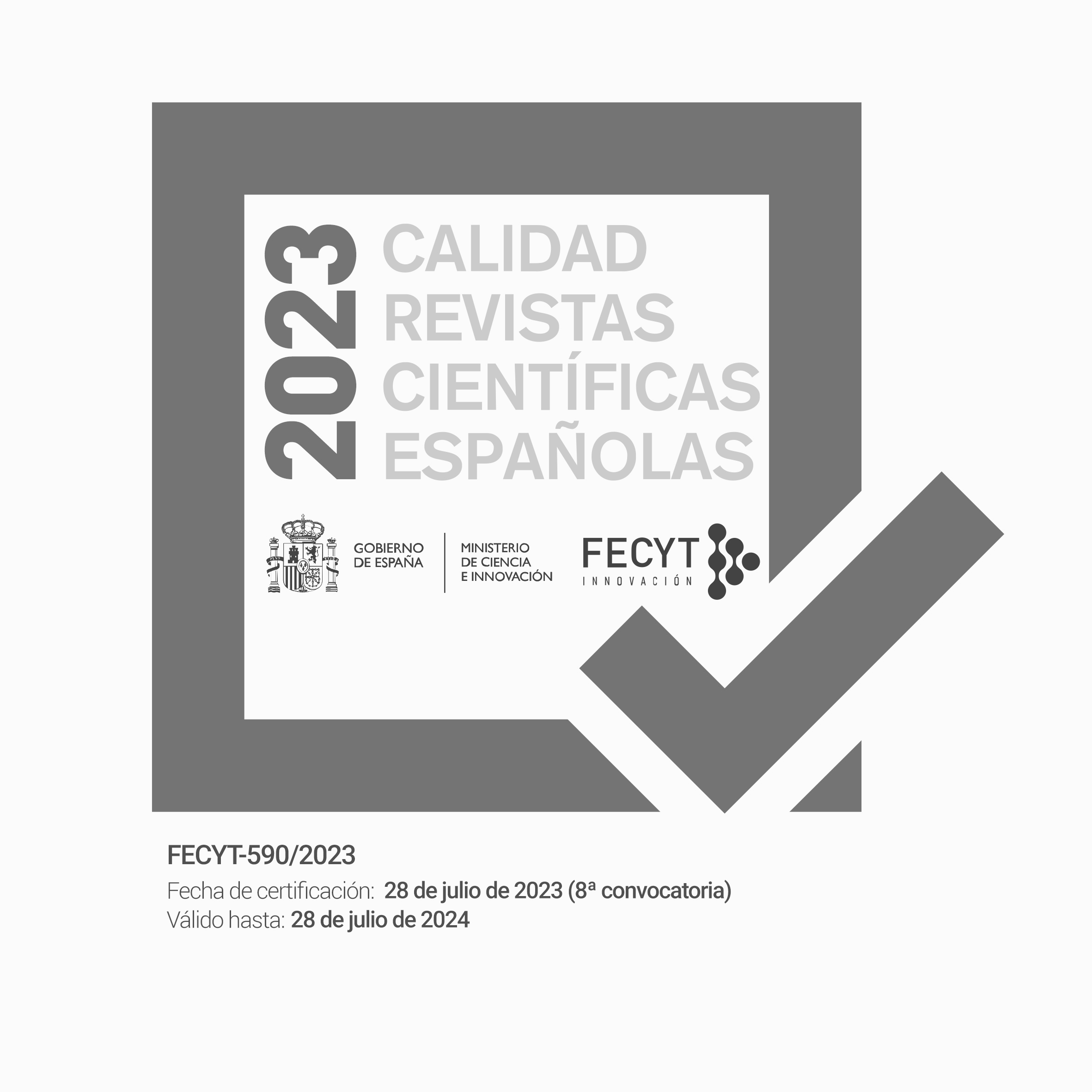Mobility, Ephemerality and Tourist Economies: Graffiti Running Tours in León Guanajuato
DOI:
https://doi.org/10.28939/iam.debats-137-1.3Keywords:
tourism, urban art, Mexico, urban imaginaries, mobility, ephemeralityAbstract
In this paper, I examine the creation of a running tour showcasing commissioned Graffiti Art, or Urban Art, in León Guanajuato, Mexico. Set up in 2017, the tours are part of a larger economic and cultural shift away from the city's agricultural and industrial past. While seeking global city status since the 1990s, León is also trying to keep its traditional roots. Urban Art, as a form of creative expression, helps foster an appealing urban image. This paper argues that the tours highlight three critical issues that lie at the heart of the Creative City discourse and the institutionalization of graffiti, namely: Mobility; Ephemerality; The Economy.
Downloads
References
Austin, J. (2002). Taking the train. New York: Columbia University Press.
Bloch, S. (2020). Going all city. Chicago: University of Chicago Press.
Bruce, C.F. (2016): “Tour 13: From Precarity to Ephemerality,” GeoHumanities, DOI:
1080/2373566X.2016.1234352
Camarena, D. (2001). “Recopicación gráfica de graffiti en León,” unpublished undergraduate
thesis, Universidad Iberoamericana León.
Campbell, B. (2003). Mexican murals in times of crisis. Tucson: University of Arizona Press.
Cockcroft, E., Weber, J. and Cockcroft, J. (1977). Toward a People's Art. New York: Dutton.
Coffey, M. K. (2012). How a revolutionary art became official culture. Durham: Duke
University Press.
Ferrell, J. (1993). Crimes of Style: Urban Graffiti and the Politics of Criminality. Garland.
Galvis, J. P. (2017). Planning for urban life: Equality, order, and exclusion in Bogotá's lively
public spaces. Journal of Latin American Geography, 16(3), 83-105.
García Canclini, N. (2001) Consumers and Citizens: Globalization and Multicultural Conflicts,
trans. George Yúdice. Minneapolis: University of Minnesota Press.
Gómez Vargas, H. (2020). Personal communication with author.
Hernández Sánchez, P.(2008), La Historia de Graffiti en Mexico 2.0. Mexico: IMJUV
Hernández, L. (2018). Personal Interview, December 13.
Jasso, R. (2013). “León Pinta Su Pared,” Revista Cultura Alternativa, Publication of the Instituto
Cultural de León, no 33, p.9.
Keim. (2016). Personal Interview.
Latorre, G. (2019). Democracy on the Wall: Street Art of the Post-dictatorship Era in Chile. The
Columbus: Ohio State University Press.
Macdowell L. (2019). Instafame: Graffiti and Street Art in the Instagram Era, United Kingdom,
New York: Intellect Books.
McAuliffe, C. (2012). Graffiti or street art? Negotiating the moral geographies of the creative
city. Journal of urban affairs, 34(2), 189-206.
McRobbie, A. (2018). Be creative: Making a living in the new culture industries. London: John
Wiley & Sons.
Merriman, P., Jones, R., Cresswell, T., Divall, C., Mom, G., Sheller, M., & Urry, J. (2013).
Mobility: Geographies, histories, sociologies. Transfers, 3(1), 147-165.
Mould, O. (2018). Against creativity. New York: Verso Books.
Nickis, Interview, May 11, 2015, León Guanajuato.
Orion, Personal Interview, May 13, 2015, León Guanajuato.
Ortiz van Meerbeke, G., & Sletto, B. (2019). ‘Graffiti takes its own space’ Negotiated consent
and the positionings of street artists and graffiti writers in Bogotá, Colombia. City, 23(3), 366-387.
Pabón-Colón, J. N. (2018). Graffiti Grrlz: Performing Feminism in the Hip Hop Diaspora. New
York: NYU Press.
Rangel, P. Personal Interview, September 17, 2019, Mexico City, Mexico.
Rodríguez, C. (2017). “Plasman artistas su ingenio en panteón,” El Sol de Leon, October 31,
<https://www.elsoldeleon.com.mx/local/pintan-a-la-muerte>. Access date: March 2019.
Salazar, N. B. (2018). Theorizing mobility through concepts and figures. Tempo Social, 30(2),
-168.
Spok, Personal Interview, May 11, 2015, León Guanajuato..
Swanson, K. (2013). Zero tolerance in Latin America: Punitive paradox in urban policy
mobilities. Urban Geography, 34(7), 972-988.
Téllez Valencia, C. (2014). La construcción de la tecnocracia en León y su proyecto inacabado
de participación social. Relaciones. Estudios de historia y sociedad, 35(138), 209-243.
Wilson, D. (2017). Making Creative Cities in the Global West: The New Polarization and
Ghettoization in Cleveland, USA, and Glasgow, UK. In Inequalities in Creative
Cities (pp. 107-127). New York: Palgrave Macmillan.
Young, A. (2010). Negotiated consent or zero tolerance? Responding to graffiti and street art in
Melbourne. City, 14(1-2), 99-114.
Wes, Personal interview, May 13, 2015, León Guanajuato.
Downloads
Published
How to Cite
Issue
Section
License
Without prejudice to the provisions of article 52 of Spanish Law 22/1987 of November 11 on Intellectual Property, BOE (official state bulletin) of November 17, 1987, and pursuant to said legislation, the author(s) surrender(s) free of charge its rights of edition, publication, distribution and sale of the article, for its publication in Debats. Journal on Culture, Power and Society.
Debats. Journal on Culture, Power and Society is published under the Creative Commons license system in accordance with the «Recognition - Non-Commercial (by-nc) modality: The generation of derivative works is permitted provided that commercial use is not made. Nor can the original work be used for commercial purposes».
Thus, when the author submits his/her contribution, he/she explicitly accepts this assignment of publishing and publishing rights. Authors also authorize Debats. Journal on Culture, Power and Society to include their work in an issue of the journal to be distributed and sold.











